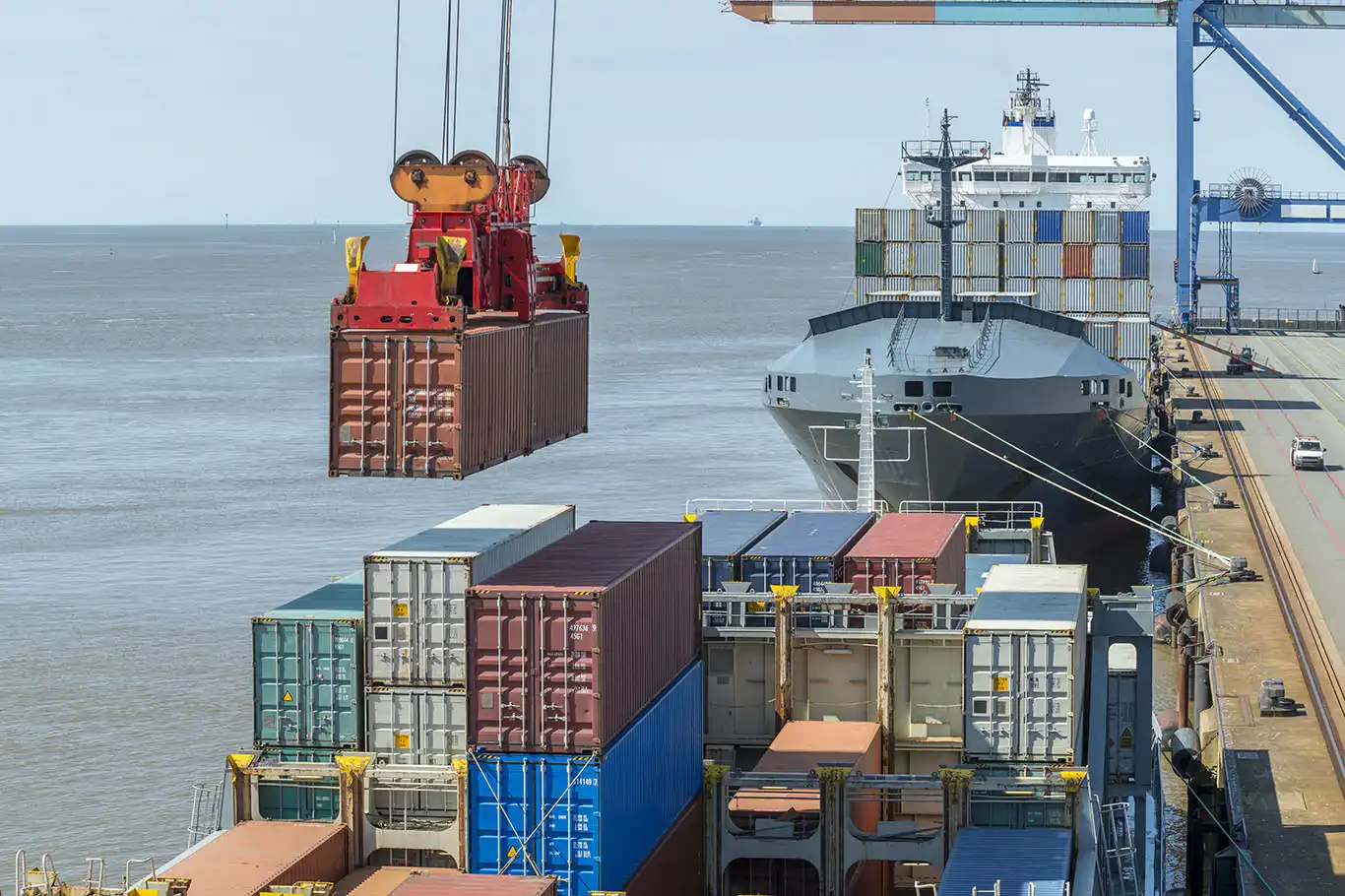Türkiye’s trade deficit swells despite 3.4% export growth


Türkiye’s foreign trade deficit grew by 2.7% in May 2025, reaching $6.645 billion, according to provisional data from the Turkish Statistical Institute (TÜİK) and the Ministry of Trade.
This increase comes as exports rose by 2.6% to $24.817 billion and imports climbed by 2.7% to $31.462 billion compared to May 2024. Despite the uptick in the deficit, the export-to-import coverage ratio remained steady at 78.9%, unchanged from the previous year.
For the January-May 2025 period, the trade deficit widened by 12.7% to $41.257 billion, with exports increasing by 3.4% to $110.904 billion and imports growing by 5.8% to $152.160 billion compared to the same period in 2024. The export-to-import coverage ratio for this period slightly declined to 72.9% from 74.5% in 2024.
When excluding energy products and non-monetary gold, exports in May 2025 rose by 5.0% to $23.197 billion, while imports increased by 4.3% to $25.090 billion. This resulted in a narrower trade deficit of $1.893 billion, with an export-to-import coverage ratio of 92.5%. The total foreign trade volume, excluding these items, grew by 4.7% to $48.287 billion.
Manufacturing industries accounted for 95.0% of total exports in May 2025, with agriculture, forestry, and fishing contributing 3.0%, and mining and quarrying 1.4%. For the January-May period, manufacturing held a 94.1% share, followed by agriculture at 3.7% and mining at 1.6%. On the import side, intermediate goods comprised 67.6% of total imports in May, with capital goods at 14.6% and consumption goods at 17.7%. For January-May, intermediate goods made up 70.0% of imports, followed by capital goods at 13.7% and consumption goods at 16.0%.
High-technology products, classified under ISIC Rev.4, represented 4.0% of manufacturing industry exports in May 2025, up slightly from 3.6% for the January-May period. On the import side, high-tech products accounted for 10.0% of manufacturing imports in May and 11.0% for the first five months of 2025. Manufacturing products comprised 84.2% of total imports in May and 79.9% for January-May.
Germany remained Türkiye’s top export destination in May 2025, with $2.096 billion in exports, followed by the United Kingdom ($1.523 billion), the United States ($1.511 billion), Italy ($1.221 billion), and Iraq ($1.119 billion). These five countries accounted for 30.1% of total exports. For January-May, Germany led with $9.188 billion, followed by the UK ($6.899 billion), the US ($6.641 billion), Italy ($5.591 billion), and Iraq ($4.874 billion), representing 29.9% of exports.
China was the leading source of imports in May 2025, contributing $4.315 billion, followed by Russia ($3.261 billion), Germany ($2.687 billion), Italy ($1.670 billion), and Switzerland ($1.517 billion). These countries made up 42.8% of total imports. For January-May, China topped the list with $20.126 billion, followed by Russia ($18.391 billion), Germany ($11.944 billion), Italy ($6.886 billion), and the US ($6.792 billion), accounting for 42.2% of imports.
Seasonally and calendar-adjusted data showed a robust 10.3% increase in exports and a 5.0% decrease in imports in May 2025 compared to the previous month. Calendar-adjusted figures indicated a 5.3% rise in exports and a 9.2% increase in imports compared to May 2024.
Under the special trade system, May 2025 exports reached $22.658 billion, a 3.0% increase, while imports grew by 1.3% to $29.320 billion. The trade deficit decreased by 4.1% to $6.662 billion, with an export-to-import coverage ratio of 77.3%, up from 76.0% in May 2024. For January-May 2025, exports rose by 4.0% to $100.965 billion, and imports increased by 5.9% to $142.660 billion, resulting in a 10.9% higher trade deficit of $41.695 billion. The export-to-import coverage ratio was 70.8%, down from 72.1% in 2024.
Türkiye’s trade performance reflects resilience amid global economic challenges, with Minister of Treasury and Finance Mehmet Şimşek noting a 2.7% export growth and 2.1% import growth in May despite competitive pressures. As Türkiye aims to reduce its trade deficit and enhance export sophistication, policymakers continue to focus on structural reforms and global value chain integration. (ILKHA)
LEGAL WARNING: All rights of the published news, photos and videos are reserved by İlke Haber Ajansı Basın Yayın San. Trade A.Ş. Under no circumstances can all or part of the news, photos and videos be used without a written contract or subscription.
Turkish President Recep Tayyip Erdoğan outlined Türkiye’s ambitious export and economic goals during his address at the 32nd Ordinary General Assembly of the Türkiye Exporters Assembly (TİM) and the Export Champions Award Ceremony held in Istanbul.
The Governor of Da Afghanistan Bank has travelled to Rabat, Morocco, leading a delegation to attend the annual Islamic Financial Services Board (IFSB) summit, scheduled for July 1–3 under the auspices of Bank Al-Maghrib, Morocco’s central bank.
Türkiye’s labor market showed signs of improvement as the seasonally adjusted unemployment rate fell to 8.4% in May 2025, down 0.2 percentage points from April, according to the Turkish Statistical Institute (TurkStat) Household Labour Force Survey.